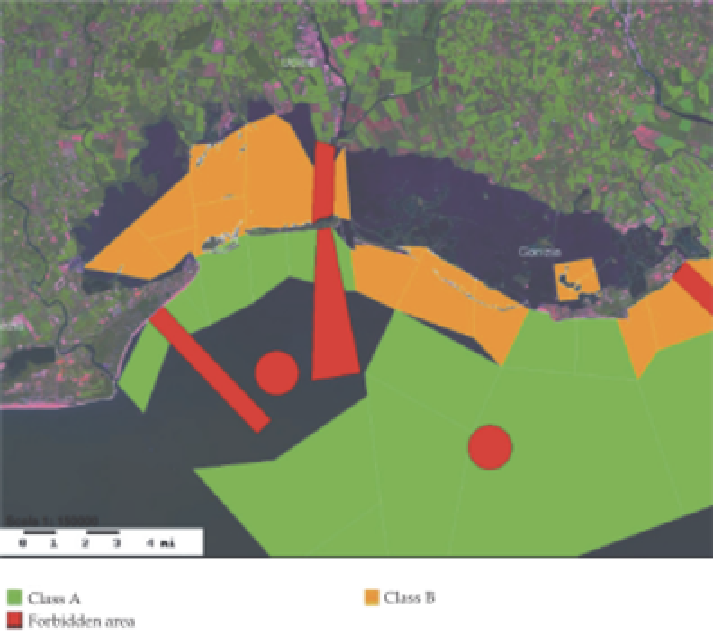Environmental Engineering Reference
In-Depth Information
ensure that the results of the analysis are as representative as possible for the area
considered. Where the results of sampling show that the health standards for molluscs are
exceeded, or that there may be otherwise a risk to human health, the authority must close
the production area concerned, preventing the harvesting. The same may re-open a closed
production area only if the health standards for molluscs once again comply with
Community legislation. To decide on the classification, opening or closure of production
areas, the authority may take into account the results of controls that food business
operators or organisations representing them have carried out. In that event, the authority
must have designated the laboratory carrying out the analysis and, if necessary, sampling
and analysis must have taken place in accordance with a protocol that the authority and the
operators or organisation concerned have agreed.
The Decision of the Regional Government of Friuli Venezia Giulia (DGR No 124/2010)
applies the above mentioned EC Regulations in the marine coastal and transitional waters,
in term of classification of harvesting areas and the guidelines for the monitoring protocol of
these. In particular Fig. 7 shows that the harvesting areas in the Marano and Grado Lagoon
are identified as Class B. In this way the harvested Manila clams need to be treat in a
purification centre so as to meet the health standards of three dilution Most Probable
Number (MPN) test of <230
E. coli
per 100 g of flesh and intervalvular liquid.
Fig. 7. Classification of bivalve harvesting areas according to the level of faecal
contamination


Search WWH ::

Custom Search